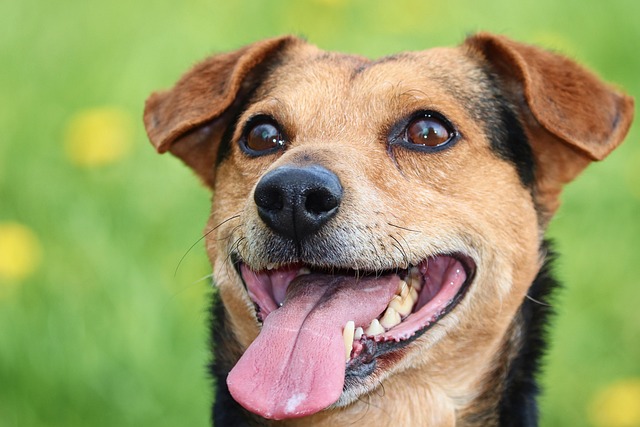
How do you treat itchy skin on dogs
When we see the dog scratching its skin with its paws frequently, rubbing on the ground constantly, and even scratching the skin until it bleeds,
When you hold up a bright red frisbee, full of anticipation that your dog will quickly fetch it back, it just looks around blankly in the grass; or when you tease it with a blue toy, its reaction seems far less enthusiastic than when it faces a yellow object. These small details in daily life inevitably make people curious: What exactly does the world look like in a dog's eyes? Which colors can they not distinguish? In the process of exploring this question, not only can we uncover the mystery of a dog's visual system, but we can also, from a new perspective, re-understand every bit of our daily life with our furry friends.
The human eye can perceive a colorful world, thanks to the cone cells in the retina. Cone cells are the key to color perception. Humans have three different types of cone cells, which are most sensitive to red, green, and blue light wavelengths respectively. Through the coordinated work of these three types of cone cells, the brain can analyze tens of thousands of color combinations. However, a dog's visual system is significantly different from that of humans. Research has found that there are only two types of cone cells in a dog's retina, which are sensitive to blue and green light, and they lack cone cells sensitive to red light. This means that in a dog's eyes, the colors of the world are much more monotonous than what humans see, and they cannot distinguish between red and green like humans do.
From the perspective of evolutionary biology, this unique visual characteristic of dogs is closely related to the way of life of their ancestors, wolves. In the wild environment, wolves mainly move around during dusk and dawn. The lighting conditions during these periods are relatively dim, and the precise discrimination of colors is not a key factor for survival. In contrast, keen motion perception and the ability to recognize the shape and contour of objects are the core skills for hunting and avoiding natural enemies. Therefore, in the long process of evolution, the visual system of wolves has gradually evolved in the direction of strengthening motion perception and low-light vision, while the color perception ability has been relatively weakened. After wolves were domesticated into dogs, this visual characteristic was also retained. Although the living environment of dogs has changed dramatically, their visual system still retains the "mark" of adapting to wild survival.
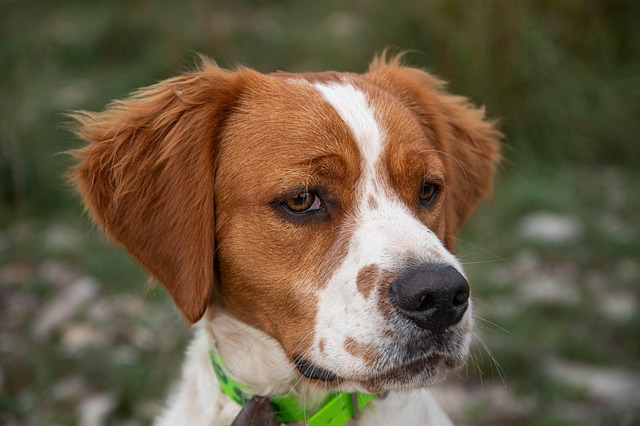 Due to the lack of the ability to perceive red, in a dog's eyes, red and green look more like grays of different shades. Imagine that the delicate red rose in a human's eyes may just be a blurry gray shape in a dog's visual world; the green grass and the red track may not have obvious color differences in their view. This limitation of color perception can also affect a dog's behavior in daily life. For example, when the owner plays with a red ball on the grass, since both red and green appear as gray tones in a dog's eyes, the ball is easily confused with the color of the grass, making it difficult for the dog to quickly locate the ball. However, yellow and blue objects are particularly striking in a dog's visual system because these two colors exactly correspond to the spectrum range they can perceive. This is why many pet toys are designed in yellow or blue, in order to make it easier for dogs to find and chase them.
Due to the lack of the ability to perceive red, in a dog's eyes, red and green look more like grays of different shades. Imagine that the delicate red rose in a human's eyes may just be a blurry gray shape in a dog's visual world; the green grass and the red track may not have obvious color differences in their view. This limitation of color perception can also affect a dog's behavior in daily life. For example, when the owner plays with a red ball on the grass, since both red and green appear as gray tones in a dog's eyes, the ball is easily confused with the color of the grass, making it difficult for the dog to quickly locate the ball. However, yellow and blue objects are particularly striking in a dog's visual system because these two colors exactly correspond to the spectrum range they can perceive. This is why many pet toys are designed in yellow or blue, in order to make it easier for dogs to find and chase them.
Although dogs cannot see a rich variety of colors like humans, their visual system has unique advantages in other aspects. Dogs have more rod cells than humans. Rod cells are extremely sensitive to light and can clearly capture the contours and movement trajectories of objects in dim light. In the faint moonlight at night, dogs can still accurately distinguish the surrounding environment and detect potential prey or threats. In addition, a dog's eyes have a wider field of vision. The horizontal field of vision of humans is about 180 degrees, while that of dogs can reach 240 degrees, which enables them to perceive the surrounding dynamics more comprehensively and detect dangers or interesting things from different directions in a timely manner.
Understanding the characteristics of a dog's color perception is not only an exploration of scientific knowledge but also a deepening of the emotional connection between humans and dogs. When we know that dogs cannot distinguish red, when choosing toys and training props, we will be more inclined to yellow and blue, making the game more interesting and efficient; when we understand that dogs have excellent visual ability in dim light, when walking at night, we will be more confident to let them explore the surrounding environment. Every interaction based on understanding makes our relationship with dogs closer. We no longer simply demand things from dogs from a human perspective but try to stand in their shoes and feel what the world is like for them. This understanding and tolerance make our time with dogs full of warmth and surprises.
The fact that dogs cannot see certain colors is not a defect but a unique way given by nature for them to adapt to survival. They use their visual system to construct a world that is completely different from that of humans but equally wonderful. In the days spent with dogs, it is precisely these differences that make our lives full of wonderful discoveries and touches. When we squat down and try to gaze at the world from a dog's perspective, we will find that love and companionship are far more precious than the splendor of colors. This understanding and care that transcend species make the stories between us and dogs always shine with a warm light.

When we see the dog scratching its skin with its paws frequently, rubbing on the ground constantly, and even scratching the skin until it bleeds,
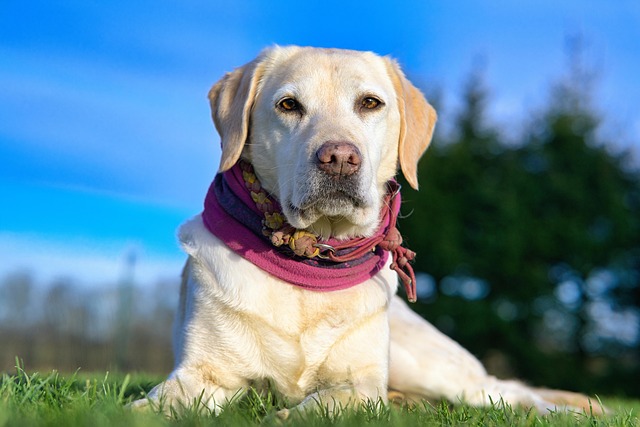
During the days spent with Rottweilers, their strong and sturdy bodies and loyal gazes always bring a great sense of security to their owners.

When we carefully select dog food for our dogs, full of the hope that they will eat healthily and thrive, we may not realize that certain ingredients

Dog shedding is a familiar and troublesome daily scene for many pet owners. When faced with dog hair flying around, many owners wonder: "Is it normal for my dog to shed so much hair?"
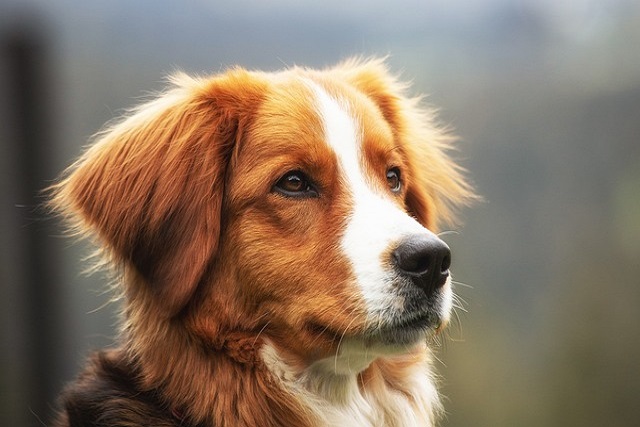
Watching the dog constantly make bowel movements in the corner, with its face blushing but unable to expel feces, its uncomfortable appearance is heart wrenching.
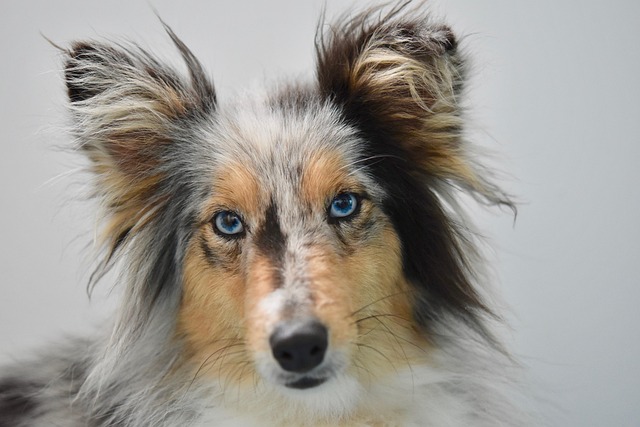
Watching the dog suffering and restless due to constipation, frequently making the defecation posture but having difficulty in defecating,